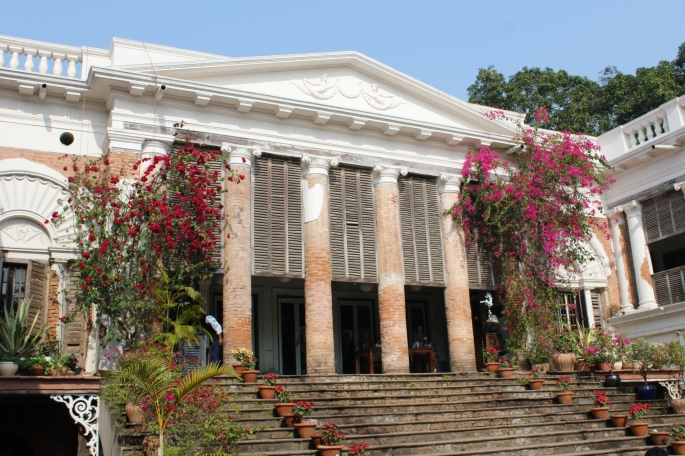A Sudden Plan It had been more than three years since our Cambodia & Vietnam trip and life had transformed a lot, but I guess what hadn’t changed was our love for travel. I was meeting my best friend, Apala, after 2 years, only for 4 days! She was flying from Dubai to my place … Continue reading ‘Bawali Rajbari’ – Heritage of Bengal
-
Subscribe
Subscribed
Already have a WordPress.com account? Log in now.
